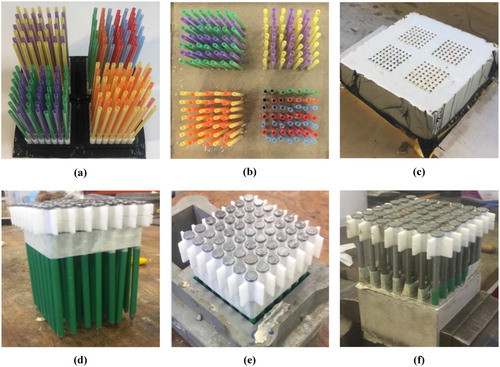Figures & data
Table 1. Mix proportions of conventional permeable concrete (PC-Lab) prepared in the laboratory.
Figure 1. High strength clogging resistant permeable pavement (CRP) containing straight pore channels (plastic tubes) of varying size and number in self-compacting mortar to achieve porosity ranging from 4 to 30%. Samples tested include 100Ø × 150 mm cylinders (a–d), 100 mm cubes (e,f) and 100 × 100 × 500 mm prisms (g,h).
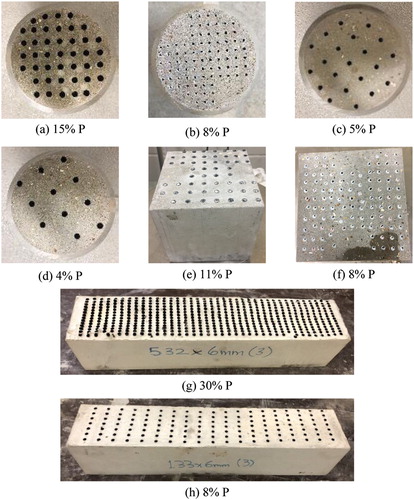
Table 2. Mix compositions of high strength clogging resistant permeable pavement (CRP).
Figure 2. Modified falling head permeability cell used in this study. Schematic is not to scale and dimensions are in mm.
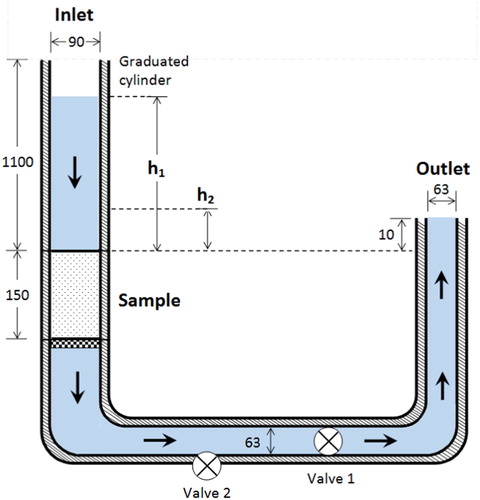
Table 3. Clogging methods.
Figure 3. Relationship between compressive strength, flexural strength and porosity for conventional permeable concretes (PC-Lab and PC-Com) and high-strength clogging resistant permeable pavement (CRP) at 28-day.
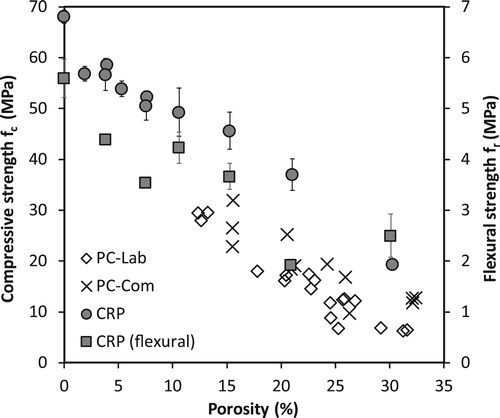
Figure 4. Correlation between 28-day flexural and compressive strength for CRP. The relationships proposed by ACI 318, BS 8110 and BS EN 1992 for conventional concrete are shown as reference.
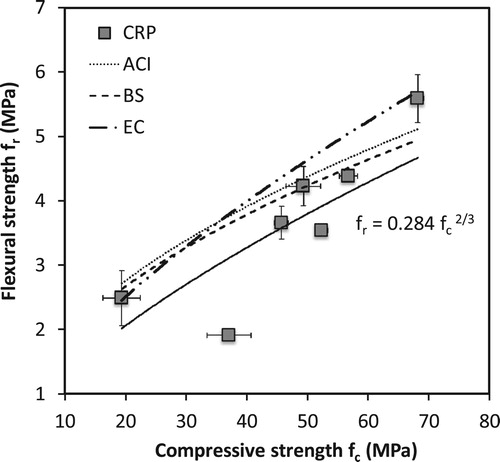
Figure 5. Relationship between permeability and porosity for conventional permeable concrete (PC-Lab, PC-Com), and high-strength clogging resistant permeable pavement (CRP).
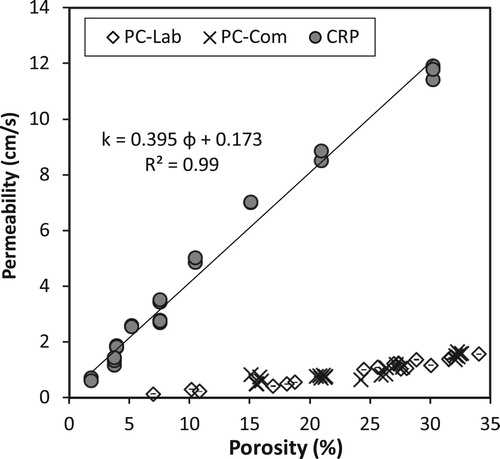
Figure 6. Comparison between falling head permeability for CRP and calculated permeability using Hagen–Poiseuille and Bernoulli’s equations.
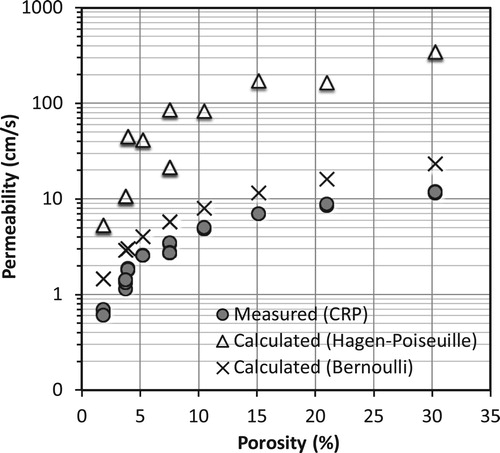
Figure 7. Determining the flow regime for CRP from the Darcy friction factor fD and Reynold’s number Re calculated from falling head permeability.
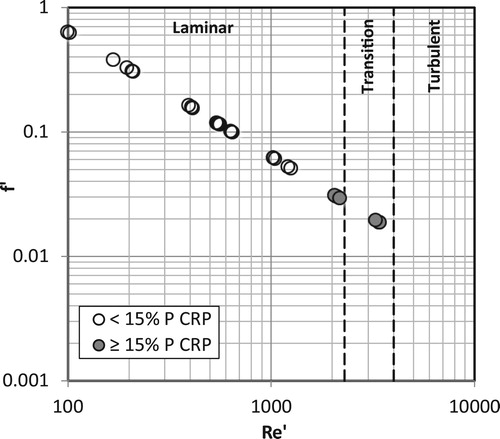
Figure 8. The permeability of (a) conventional permeable concrete and (b) clogging resistant permeable pavement exposed to combined ‘sand & clay’ loading.
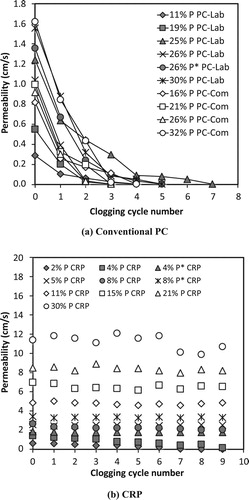
Figure 9. The permeability of (a) conventional permeable concrete and (b) clogging resistant permeable pavement exposed to alternate ‘sand/clay’ loading.
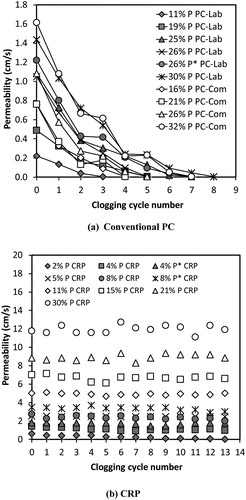
Figure 10. Deposition of sediments on CRP: (a) low porosity samples (≤ 4%) show flocculated clay adhering on to surface of sand particles; (b) high porosity samples (≥ 8%) show little accumulation of sand or clay; (c) no blockage in samples with large pore diameters (5 or 6 mm); (d) sediment accumulation on samples with small pores (3 mm).
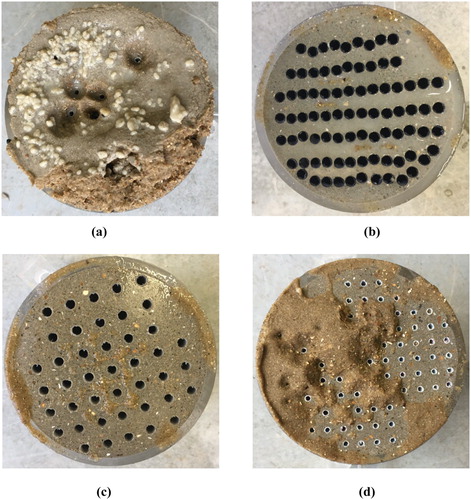
Figure 11. Possible site delivery methods for clogging resistant permeable pavement: (a–c) grid supporting vertical hollow tubes cast in self-compacting mortar; (d–f) grid of protruding rigid pins fitted with plastic tubes and cast in self-compacting mortar. The pins are subsequently lifted and reused.
